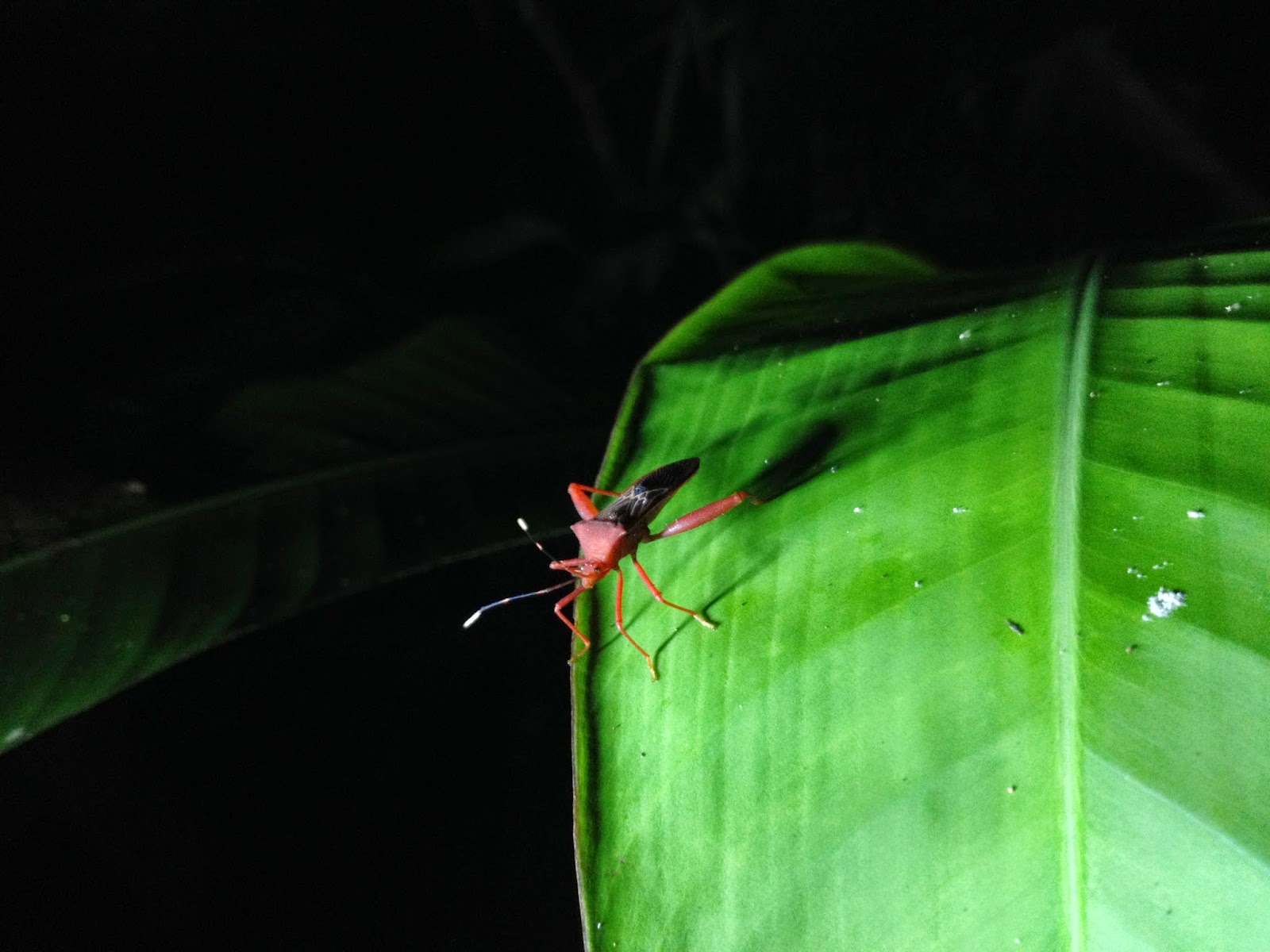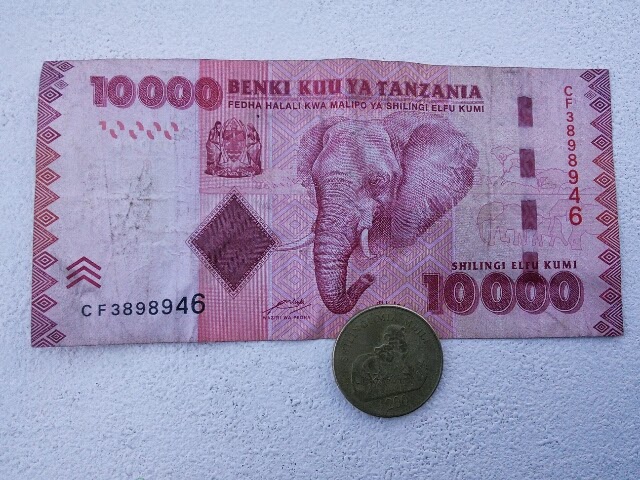Day 3

This was the most beautiful day. After lunch, we walked along a section of the trail that was really well-preserved, hovered at around 12,500 feet, and took us through cloud forest, along giant valleys, and in view of many huge snow capped peaks. It was during this portion that one of the porters walked with me and gave me some insight into Quecha culture. His name was Ephraim Cruz Huaman - the first two names very biblical and the last name very indigenous (it is the Quechua word for an eagle-like bird). Huaman was his mom's last name. His wife's last name is Condori. As you guessed, it means condor. He pulled some pod-like plants off a vine on the rock face and had me eat some. They were sour in a good way. Placados, he called them. And he took some berries off a plant, which he called macha-macha, and said that if you eat more than one you hallucinate. Obvi, we did not eat those. He also taught me some Quecha words which I used that night on the other porters during the goodbye "ceremony." I'm sad to report they had almost no effect.

Anyway, after the nice scenic portion, we eventually got to another mountain pass with llamas at the top, and proceeded to Phuyupatamarka, a ruin with some excellent examples of Inca ritual baths. They even had water still flowing through them. Our understanding of the Incas at this point remained somewhat nebulous. Our guide and the guide for another pair of tourists in our group were saying some inconsistent things (about whether or not the Incas sacrificed humans, for example) and we are not sure whether anyone knows the answers to the questions we were asking.
The next stretch was pretty horrific, with somewhere around 2,250 stairs down to our campsite for the night. I don't want to see another staircase for the rest of the trip.
Day 4
Shockingly, we were woken up at 2:50 am (!), given a sack lunch and led to the final checkpoint, where we sat and waited for two hours for the gates to open. This was ostensibly to enable us to see the sunrise on Machu Picchu, but honestly, we could have still done so if we had woken up at 5 am like normal, and skipped waiting in line. We think it was to allow the porters to get home earlier. Anyway, we were some of the first people of the hundred or so that waited in line that morning.
Once the door opened, the hike to the Sun Gate took about half an hour. It should have taken twice as long, but we were literally running at times because A) there were more steps and descending staircases and I wanted to be done with them as soon as possible, B) we really wanted to beat the rising sun, and C) a strange competitive spirit took hold among the front of the pack. A group of Australians behind us began shouting things like, "Let's hunt 'em boys," and "Up and at 'em!" and "We're gaining on 'em." One of them even blew into an animal horn he was carrying, like he was in hot pursuit of wild game. We pushed ourselves hard to stay ahead of them, and got to the Sun Gate panting and sweating profusely.

Then there she was. The ancient citadel, and the best preserved Incan city discovered to date. For about three hours, we walked between the terraces, temples, houses, and plazas wondering how they built with stone like this and what it was all used for. Our guide led us along the main route, and then we walked around to the other side of the hill behind the citadel and admired the Inca bridge. Built from stone stacked against the sheer face of a soaring cliff, the Inca bridge was almost more impressive to me than the city, because it highlighted in one clear line how complex the engineering was.
We walked down to the tourist haven of Aguas Calientes and had a soak in the weirdly murky but relaxing hot springs. This was just the antidote we needed for our aching calves, knees, and thighs. We had lunch and dinner with Harriet and Franky, our new friends from the UK, before getting on the train back to Ollantaytambo, and then the bus to Cuzco.
I would recommend the Inca Trail to anyone who likes guided package tours and exercise and photography, and is willing to pay top dollar. I would recommend it less to someone who is trying to understand the Incas in depth, or to anyone who wants to do day hikes like the ones we have in the US national parks. This trail was very rough-hewn and steep and uncomfortable, and the information on the Incas is not very site-dependant. Machu Picchu was the single most expensive piece of our trip, and while it may not have been completely worth the cost, it was definitely worth the time and effort.





















































